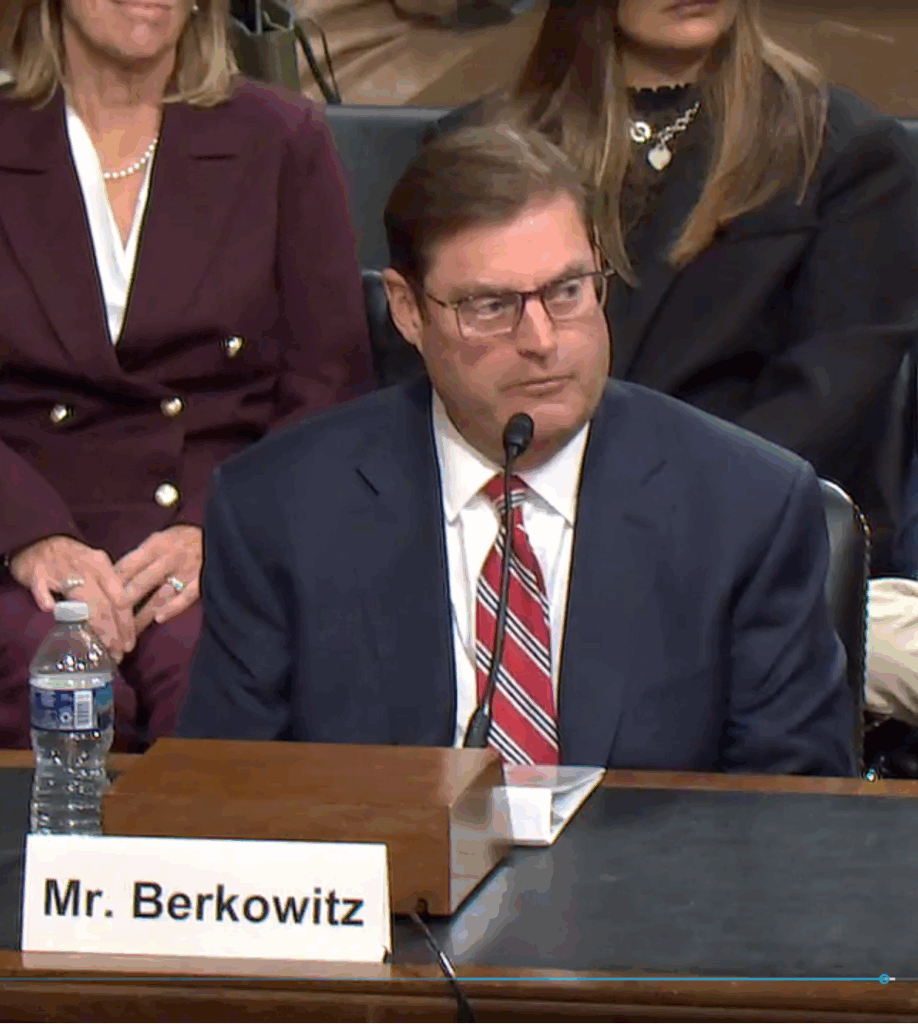Defense Daily
-
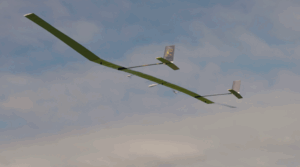 Advanced / Transformational Technology
Advanced / Transformational TechnologyRadical Begins Flight Testing UAS Planned For Stratospheric Operations
Evenstar, an unmanned aerial system (UAS) prototype developed by Radical, completed its first flight-test earlier this fall, validating the company’s design and build process for the aircraft. The initial low-altitude […]
-
 Business/Financial
Business/FinancialBill Lynn Retiring, COO John Baylouny To Lead Leonardo DRS
Long-time Leonardo DRS [DRS] Chairman and CEO Bill Lynn will retire at the start of next year and company veteran and chief operating officer (COO) John Baylouny will become president […]
-
 Navy/USMC
Navy/USMCSHIPS Act Shows Support In Committee As Lawmakers Look At Improving Commercial Shipbuilding
Senate Commerce Committee members on Tuesday expressed widespread bipartisan support for the SHIPS Act as they questioned panelists on how it can help improve domestic shipbuilding, which could bolster Navy […]
Tagged in: -
Wednesday, October 29, 2025
- Nominee For Assistant Secretary Of Defense For Space Policy Wants Review Of Commercial Strategies
- Nominee To Lead DoD Mission Capabilities Wants More Experimentation Events
- AM General Eyes Prototype In Mid-2026 To Help Inform Army’s M-MET Ground Robot Concept
- All.Space And Aalyria Partner On Multi-Orbit Orchestration For Defense Networks
- X-59 Flies For First Time From USAF Plant 42
-
Wednesday, October 29, 2025
- Nominee For Assistant Secretary Of Defense For Space Policy Wants Review Of Commercial Strategies
- Nominee To Lead DoD Mission Capabilities Wants More Experimentation Events
- AM General Eyes Prototype In Mid-2026 To Help Inform Army’s M-MET Ground Robot Concept
- All.Space And Aalyria Partner On Multi-Orbit Orchestration For Defense Networks
- X-59 Flies For First Time From USAF Plant 42
-
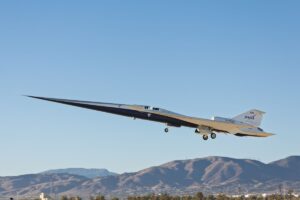 Advanced / Transformational Technology
Advanced / Transformational TechnologyX-59 Flies For First Time From USAF Plant 42
The X-59 supersonic aircraft by Lockheed Martin‘s [LMT] Skunk Works division had its first flight from U.S Air Force Plant 42 in Palmdale, Calif., the company said on Tuesday. Billed […]
-
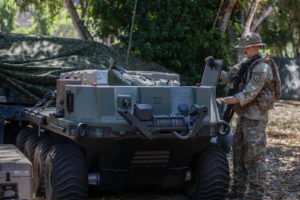 Army
ArmyAM General Eyes Prototype In Mid-2026 To Help Inform Army’s M-MET Ground Robot Concept
AM General has said it could have a prototype ready in mid-2026 for the concept it’s developing with Textron Systems [TXT] and Carnegie Robotics for the Army’s potential Medium Modular […]
-
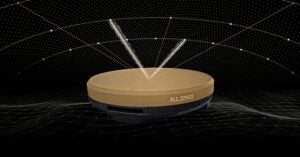 Advanced / Transformational Technology
Advanced / Transformational TechnologyAll.Space And Aalyria Partner On Multi-Orbit Orchestration For Defense Networks
Satellite terminal developer All.Space and network orchestration software company Aalyria are teaming up to demonstrate interoperable communications across domains, specifically for defense scenarios. Under a new strategic partnership announced Tuesday, the companies said […]
-
 Space
SpaceNominee For Assistant Secretary Of Defense For Space Policy Wants Review Of Commercial Strategies
Marc Berkowitz, the nominee for assistant secretary of defense for space policy, wants to review commercial space strategies upon taking office. Berkowitz was an assistant deputy undersecretary of defense for […]
-
 Congress
CongressNominee To Lead DoD Mission Capabilities Wants More Experimentation Events
More experimentation to find and fix system problems early would boost the Defense Department’s goal of speeding the delivery of new capabilities to military forces in the field, the nominee […]

